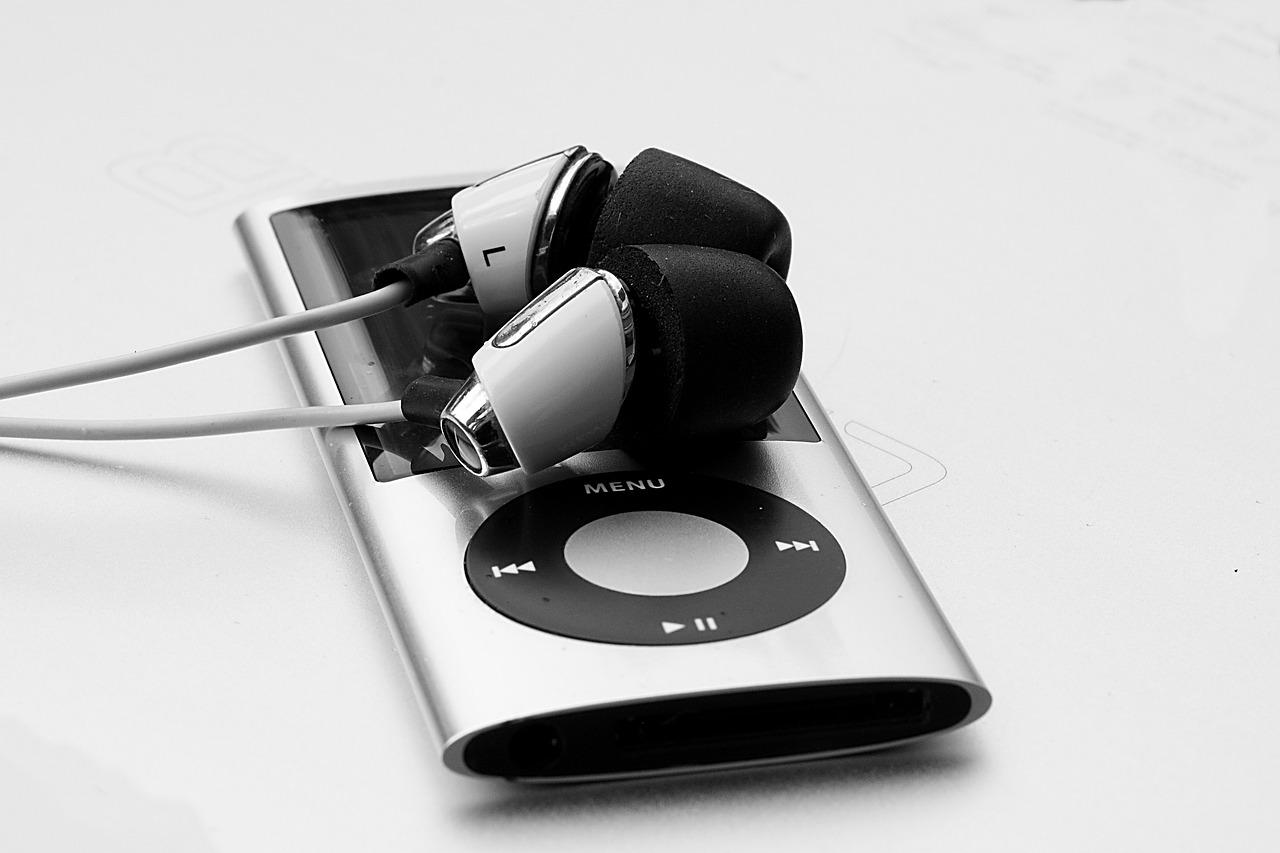In today’s fast-paced digital world, video formats can feel like a labyrinth, with each twist and turn leading us to new challenges. If you’ve ever found yourself wrestling with a QuickTime file, wondering how to morph it seamlessly into the ever-popular MP4 format, you’re not alone. QuickTime, while a robust player for certain types of media, can sometimes leave us yearning for the versatility and compatibility that MP4 offers. But fear not! Transforming your QuickTime files into MP4 is not only possible but also simpler than you might think. In this article, we’ll walk you through the seamless steps to make the conversion happen smoothly, ensuring your videos are ready to shine on any platform. Whether you’re a seasoned tech guru or a digital novice, we’ve got you covered with easy-to-follow instructions that will demystify the process and get you back to enjoying your videos in no time!
Understanding the Need for Conversion from QuickTime to MP4
When you think about media files and formats, it’s easy to get lost in the jungle of choices. QuickTime, while popular for its high-quality playback and advanced features, can sometimes feel like a closed garden. Not all devices or applications recognize it, which can be frustrating. That’s where MP4 steps in, waving its friendly flag, ready to bridge those gaps. By converting QuickTime files into MP4, you not only broaden the range of devices that can play your videos but also ensure smoother sharing across platforms. Imagine trying to show an amazing vacation video, only to hear, “Sorry, I can’t play that.” Bummer, right? MP4 is universally embraced, making it a go-to format for content creators and casual users alike.
Plus, converting to MP4 can improve your overall media experience without sacrificing quality. Think of it like packing for a road trip: you want to take along the essentials without weighing your car down with too much luggage. QuickTime files can often be large and cumbersome, while MP4 can compress those digital bags without losing the essence of the content. Here’s what makes MP4 so appealing:
- Universal Compatibility: Works on virtually any device.
- Efficient Compression: Keeps file sizes manageable.
- Maintained Quality: Delivers excellent visual and audio fidelity.
Exploring the Benefits of MP4 Format for Your Video Files
When it comes to video formats, MP4 is like the Swiss Army knife of the digital world. This format not only compresses video files to keep them lightweight, but it also retains incredible quality, which makes it ideal for everything from sharing clips on social media to streaming in high definition. `Some perks of MP4 include:`
- Compatibility: Almost any device or platform can play MP4 files, making it super versatile.
- Quality: It provides excellent quality even at smaller file sizes, meaning you don’t have to sacrifice clarity.
- Editing Flexibility: MP4 format lends itself well to various editing tools without a hitch.
Moreover, converting your QuickTime files to MP4 not only streamlines your video library but also optimizes your playback experience. Imagine being able to upload your videos effortlessly, without worrying about whether your audience can actually view them! This seamless transition can save time and enhance your productivity. To illustrate, here’s a tiny comparison that shows how MP4 stacks up against QuickTime:
| Feature | MP4 | QuickTime |
|---|---|---|
| File Size | Smaller | Larger |
| Device Compatibility | High | Moderate |
| Editability | Easy | Requires specific software |
Step-by-Step Guide to Transforming QuickTime Files with Ease
Transforming QuickTime files into MP4 may sound like a daunting task, but it can be as easy as pie with the right guidance. First off, you’ll want to select a reliable conversion tool. Many options are out there, both online and offline, so pick one that suits your comfort level. Once you have your choice, the next step is to upload the QuickTime file. This can usually be done by dragging the file into the designated area or clicking an upload button. Many users appreciate tools that offer a simple drag-and-drop feature, making the process feel intuitive and hassle-free. After uploading, you may want to adjust some basic settings like video quality or size, if applicable.
After your settings are in place, hit that magical convert button! You’ll typically see a progress bar come up, giving you an idea of how long you’ve got to wait. Once the conversion is complete, don’t forget to download your new MP4 file. Some tools even allow you to share the file directly to social media or cloud storage, which is a neat little bonus. Below is a quick table highlighting the key steps in this transformation process:
| Step | Action |
|---|---|
| 1 | Choose a conversion tool |
| 2 | Upload your QuickTime file |
| 3 | Adjust settings if needed |
| 4 | Start conversion |
| 5 | Download your MP4 file |
Tips for Ensuring High-Quality Output During the Conversion Process
When diving into the conversion world, particularly transforming QuickTime files into MP4, keeping a keen eye on quality is essential. To get the most out of your conversion, start by ensuring that the original file is of high quality. If you’re working with a grainy or pixelated video, no amount of conversion wizardry will make it sparkle. Use a reliable software that supports advanced compression techniques—you’ll want one that minimizes quality loss. Also, consider adjusting settings like bitrate and resolution before hitting that shiny “Convert” button; these can greatly impact the final output. Remember, it’s not just about going through the motions; it’s about making informed choices along the way.
It’s wise to perform a quick assessment of the output file post-conversion. Check the video quality, audio synchronization, and ensure that everything plays seamlessly across devices. If you notice anything amiss, don’t hesitate to tweak the settings and give it another go. Create a checklist to streamline this process; after all, a little organization can go a long way in achieving that perfect final product. Here’s a quick reference table to help you keep track of important factors:
| Factor | Tip |
|---|---|
| File Resolution | Match original for best quality |
| Bitrate Settings | Adjust for desired quality vs. size |
| Audio Quality | Ensure sync and clarity |
| Testing | Play on multiple devices |
Final Thoughts
And there you have it! Transforming QuickTime files into MP4 format doesn’t have to feel like a daunting task. With simple, step-by-step methods at your disposal, it’s as easy as pie! Whether you’re looking to share your videos across different platforms or just want to save some space, you now have the tools to do it efficiently.
So, the next time you find yourself squinting at that .mov file, remember these seamless steps we’ve covered. Turn that video into a versatile MP4 in no time! Dive into your editing, and don’t hesitate to experiment with the tools and tips we shared here. Just think of it as turning a quaint little cottage (your QuickTime file) into a modern, sleek apartment (your MP4), ready for all your digital adventures.
Thanks for joining us on this journey of digital transformation! If you have any questions, tips, or experiences to share, feel free to drop a comment. Happy converting!





